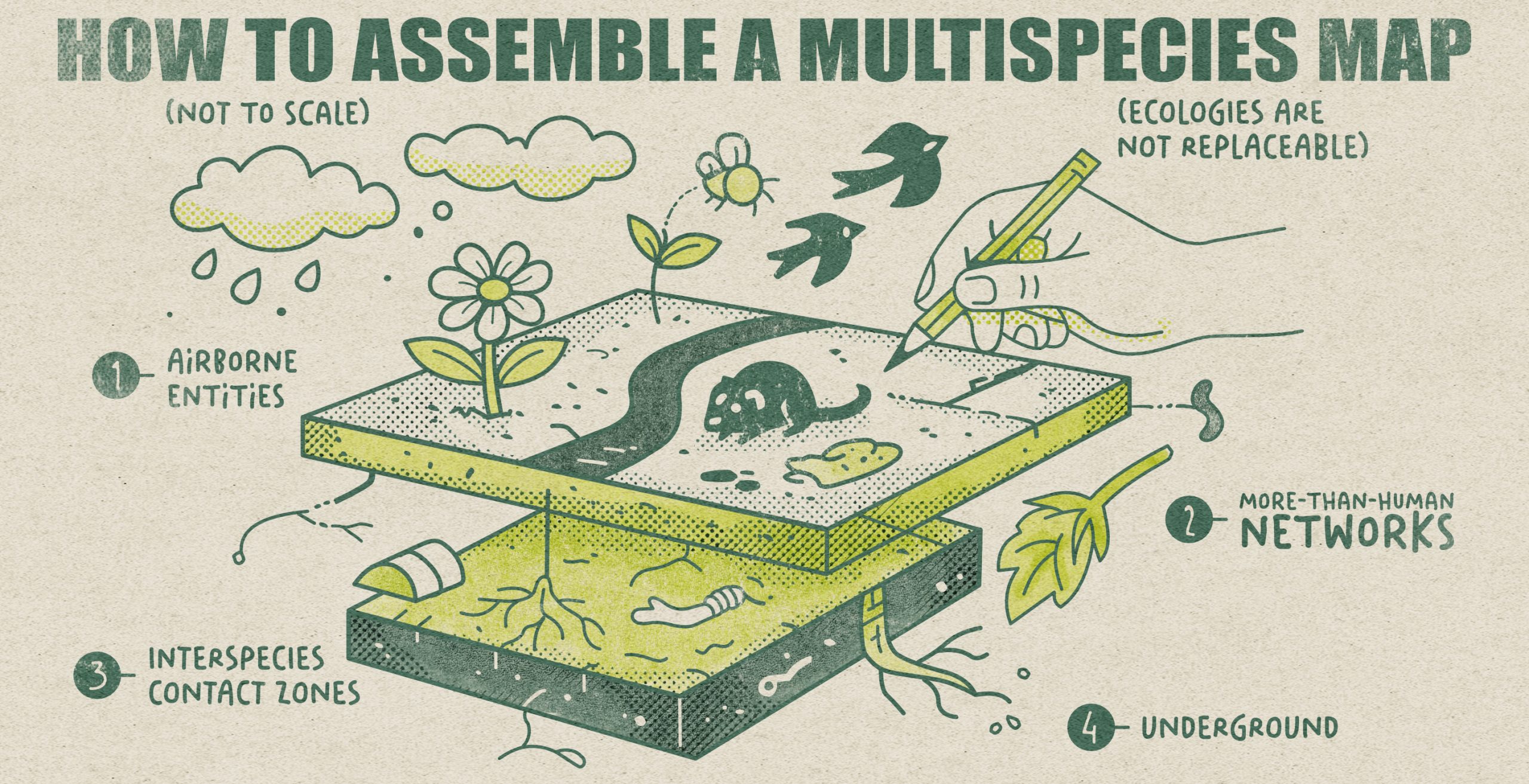
Conducted at the Georg Simmel Center for Urban Studies at Humboldt University of Berlin and funded by the Deutsche Forschungsgemeinschaft (DFG), this project investigates Berlin’s petting zoos as urban infrastructures where humans and animals co-produce space. Through ethnographic and multimodal inquiry, it explores how these sites—half playground, half farm—organize encounters between species and shape the ethics of urban cohabitation. Watching, feeding, cleaning, and safeguarding become gestures through which the city’s multispecies condition is enacted and made visible.
By treating petting zoos as public laboratories of coexistence, the project examines how infrastructures, architectures, and everyday routines choreograph interspecies relations. It traces the histories and controversies that have turned such spaces into educational and ethical experiments in urban life, where care, domestication, and play intersect in often unexpected ways.
Methodologically, Infrastructuring Multispecies Encounters combines participant observation, sensory recording, mapping, and speculative writing to render more-than-human assemblages tangible and debatable. The project generated map-posters, an exhibition, and several publications, contributing to anthropology, STS, and urban studies by proposing a multispecies approach to the infrastructures that sustain urban life.


